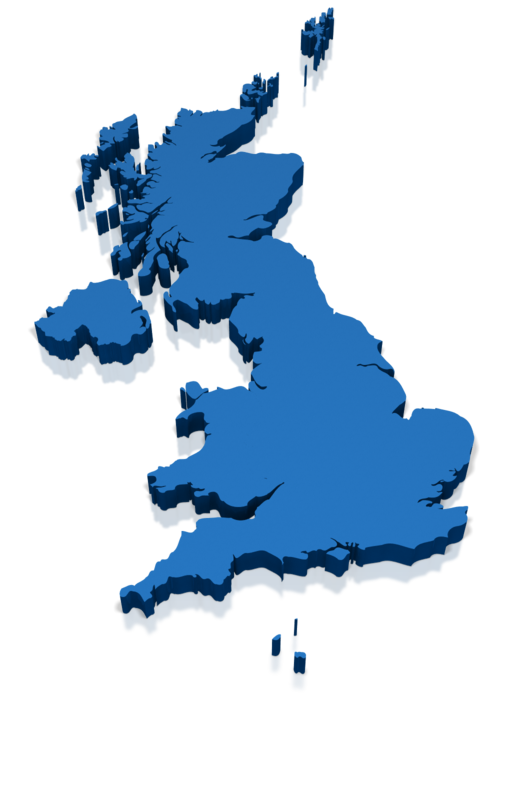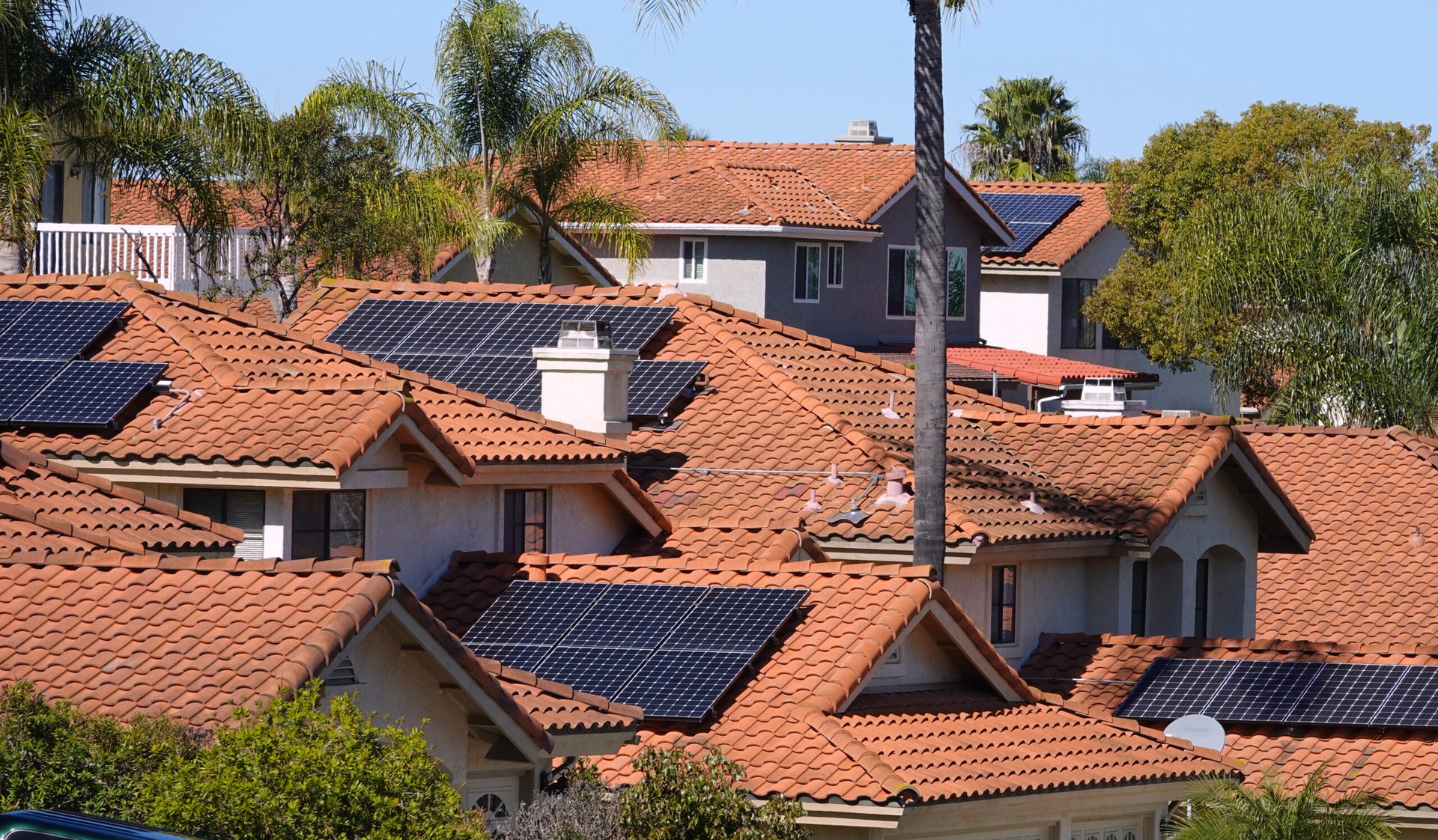The federal funds rate — often called the fed rate — is the interest rate that U.S. banks pay one another to borrow or loan money overnight. Since banks are legally required to keep a minimum amount of money in reserves, banks with excess reserves often loan money to banks that can’t meet those reserve requirements.
The federal funds rate, technically a target range, is currently 3% to 3.25%. After sitting at 0% for more than a year during the coronavirus pandemic, the rate has steadily climbed as the Federal Reserve aims to combat rising inflation.
The Federal Open Market Committee sets rates. The committee meets next on Nov. 1 and 2 and has signaled another increase.
Why is the federal funds rate significant?
When the federal funds rate rises, it doesn’t just affect banks sending and receiving money. Interest rates also increase on everyday consumer products such as credit cards and mortgages.
Here’s why that happens: The Federal Reserve can change the federal funds rate only. But since that rate is tied to other rates and variables, those changes have wide-reaching effects. When the fed rate goes up, it’s more expensive for banks to borrow money. So it gets more expensive for consumers to borrow money, too. Anything tied to financing, including credit cards, car payments, student loans or mortgages, can get pricier.
How is the federal funds rate set?
The Federal Open Market Committee, a 12-member group of banking leaders from around the country, determines much of the Federal Reserve’s monetary policy, including the federal funds rate. It meets eight times a year and sometimes makes rate changes outside its scheduled meetings.
What is the Federal Reserve Board?
The Federal Reserve Board is the umbrella agency that governs the Federal Reserve System. It comprises three groups: the 12 Federal Reserve Banks in the U.S., the Board of Governors and the Federal Open Market Committee.
It’s responsible for the Federal Reserve achieving its three congressional mandates: maintaining maximum employment, steady prices on goods and services, and moderate interest rates throughout the country.








































